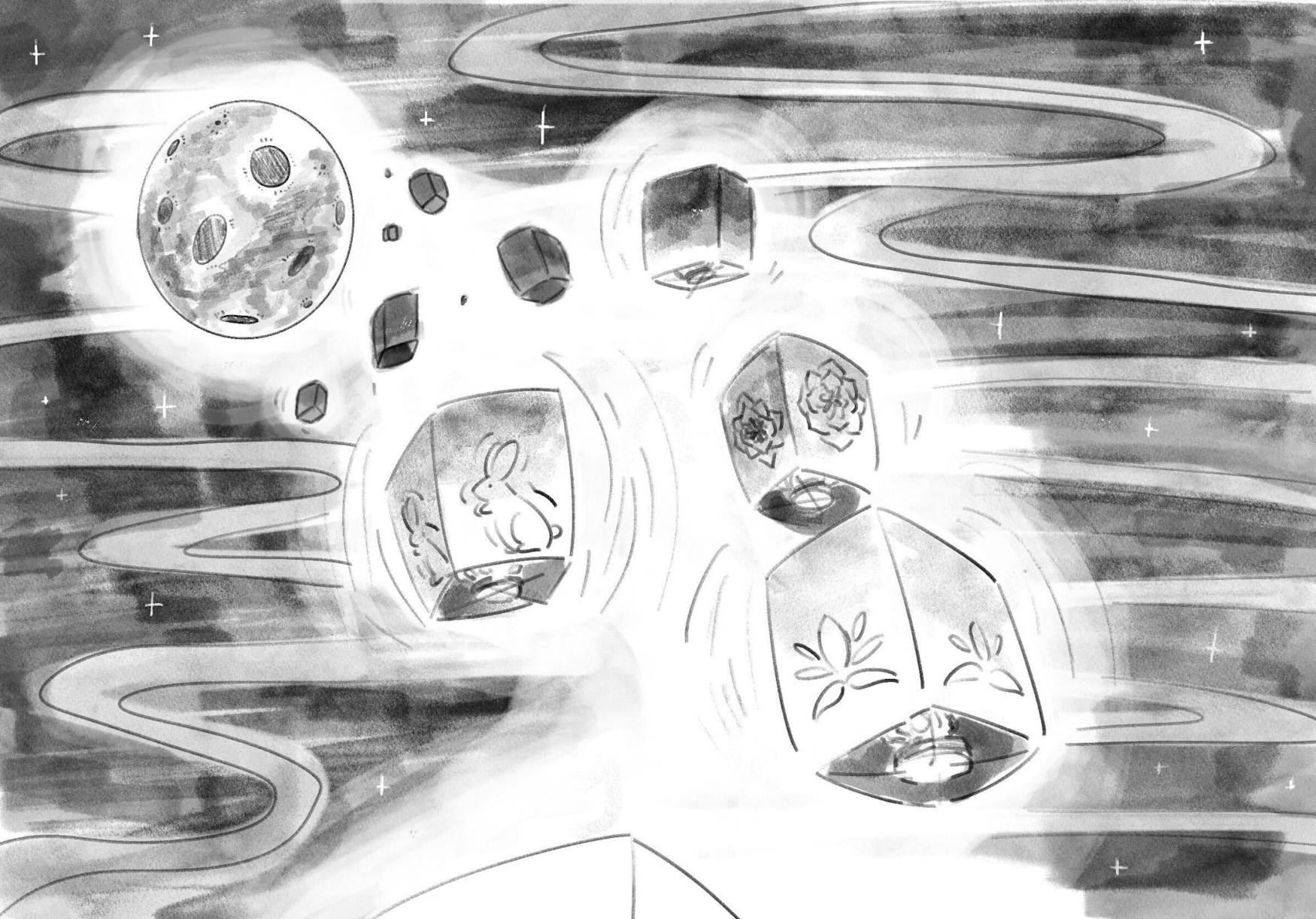Bridging Cultures: Thanksgiving and the Mid-Autumn Festival
As the anticipation of Thanksgiving sweeps across the United States, thoughts turn to the traditional feast of roasted turkeys, delectable stuffing, and the sweet finish of pumpkin pie. While these quintessential elements define the American celebration, it is equally important to delve into the rich cultural tapestry that weaves together our global community. In this reflection, my focus turns to the vibrant and centuries-old Chinese cultural traditions encapsulated in the Mid-Autumn Festival.
The Mid-Autumn Festival, considered one of China’s major celebrations, holds a deep cultural significance that resonates with themes of harvest, family togetherness, and a collective spirit much like that of Thanksgiving. Rooted in the ancient practice of moon worship, this festival brings families together on the 15th day of the eighth lunar month to bask in the glow of the full moon, symbolizing harmony and good fortune. Vibrant celebrations, intricate lantern displays, and the delightful exchange of mooncakes contribute to the festival’s unique charm.
My own memories of this festival are infused with the warmth of family gatherings. We would gather in my grandparents’ living room and cut up an array of mooncakes — red bean, mixed nuts, salted egg yolk, and white lotus. Ever since childhood, my favorite was always the salted egg yolk. I was always wrapped in anticipation as the knife sliced through the pastry, revealing the golden egg yolk nestled at the center. As we collectively looked up at the moon, believed to be at its roundest on this special day, the act became a powerful symbol of unity transcending geographical distances. Even when the constraints of life meant not all my family members could be physically present, the shared act of looking up at that same moon became an unbreakable thread, weaving us together across geographical distances.
While the Mid-Autumn Festival may have distinct practices and a different cultural context, its underlying principles echo universally. It serves as a reminder that, despite the geographical and cultural vastness that separates us, there are shared elements that connect us all. In a world marked by division and challenges, acknowledging these commonalities becomes increasingly vital.
These recent weeks have brought about collective grief and challenges globally, making it imperative to recognize the importance of shared values and interconnectedness. The Mid-Autumn Festival, with its emphasis on togetherness and gratitude, provides a cultural touchstone that resonates across borders.
In urging people to embrace shared values and find areas of connectedness, we not only celebrate our own cultural heritage but also foster a deeper understanding of the richness embedded in diverse traditions. The Mid-Autumn Festival, with its emphasis on family unity and gratitude for the harvest, mirrors the fundamental principles of Thanksgiving.
As we approach the season of Thanksgiving, let us extend our awareness beyond the joyous festivities of our own traditions and delve into the cultural treasures of the Mid-Autumn Festival. Embracing the richness of Chinese cultural celebrations fosters a spirit of unity and understanding. Despite external distinctions, the shared humanity that binds us together is evident in the celebration of life’s blessings.
This call for unity is particularly poignant in the context of the Mid-Autumn Festival, where families across China and the Chinese diaspora unite in the face of the moonlit night. The festival serves as a cultural bridge that spans generations and geographical boundaries, embodying the essence of unity in diversity.
Thanksgiving, rooted in historical narratives of shared gratitude, aligns with the Mid-Autumn Festival in celebrating the resilience of the human spirit and the capacity for gratitude. As we gather around our tables, let us carry this awareness with us, acknowledging the unique contributions of Chinese cultural traditions to the global tapestry. By doing so, we not only enrich our own celebrations but contribute to the weaving of a global tapestry that honors the beauty of diverse cultural expressions, with the Mid-Autumn Festival standing as a radiant thread in the intricate fabric of human heritage.



Please note All comments are eligible for publication in The Justice.